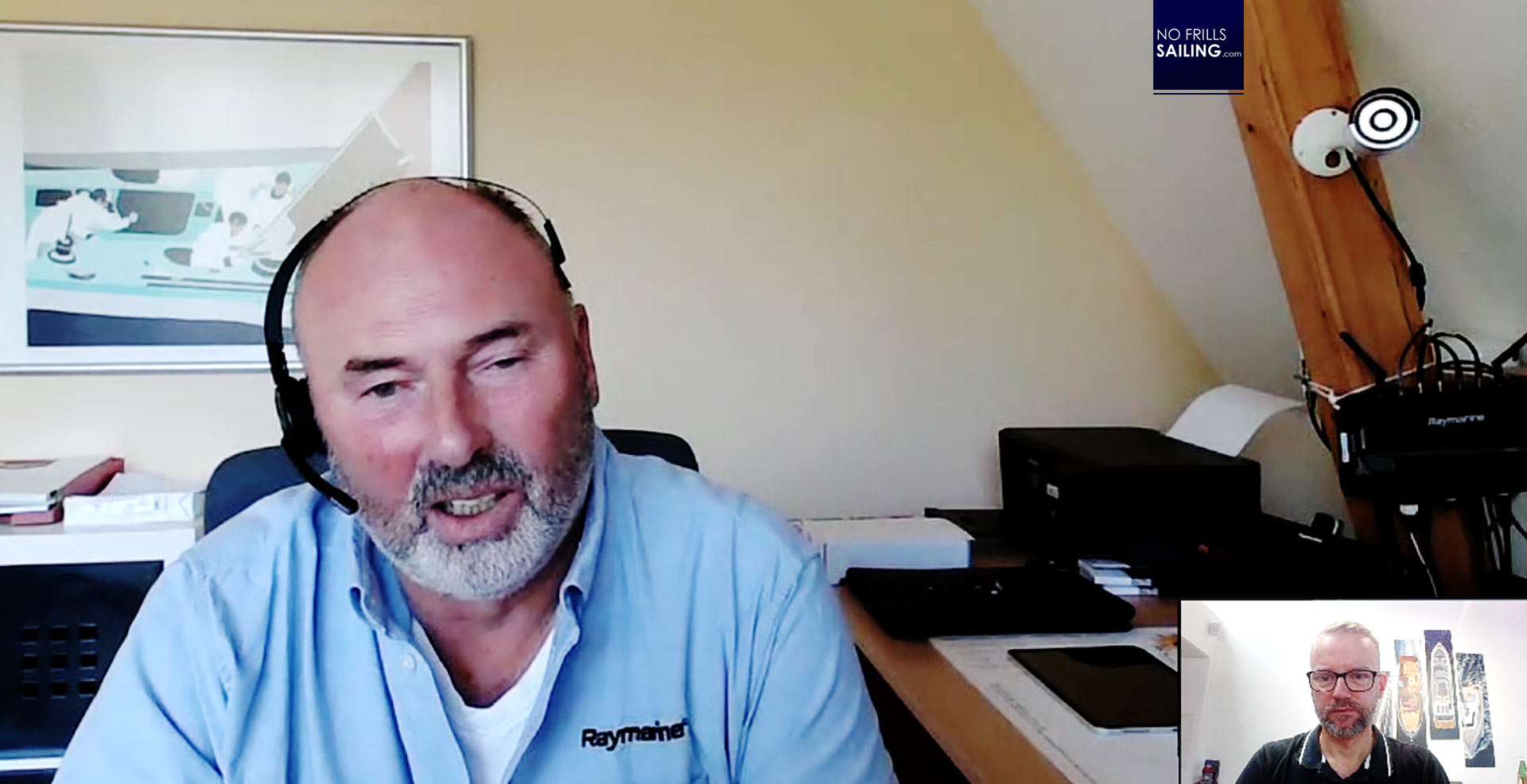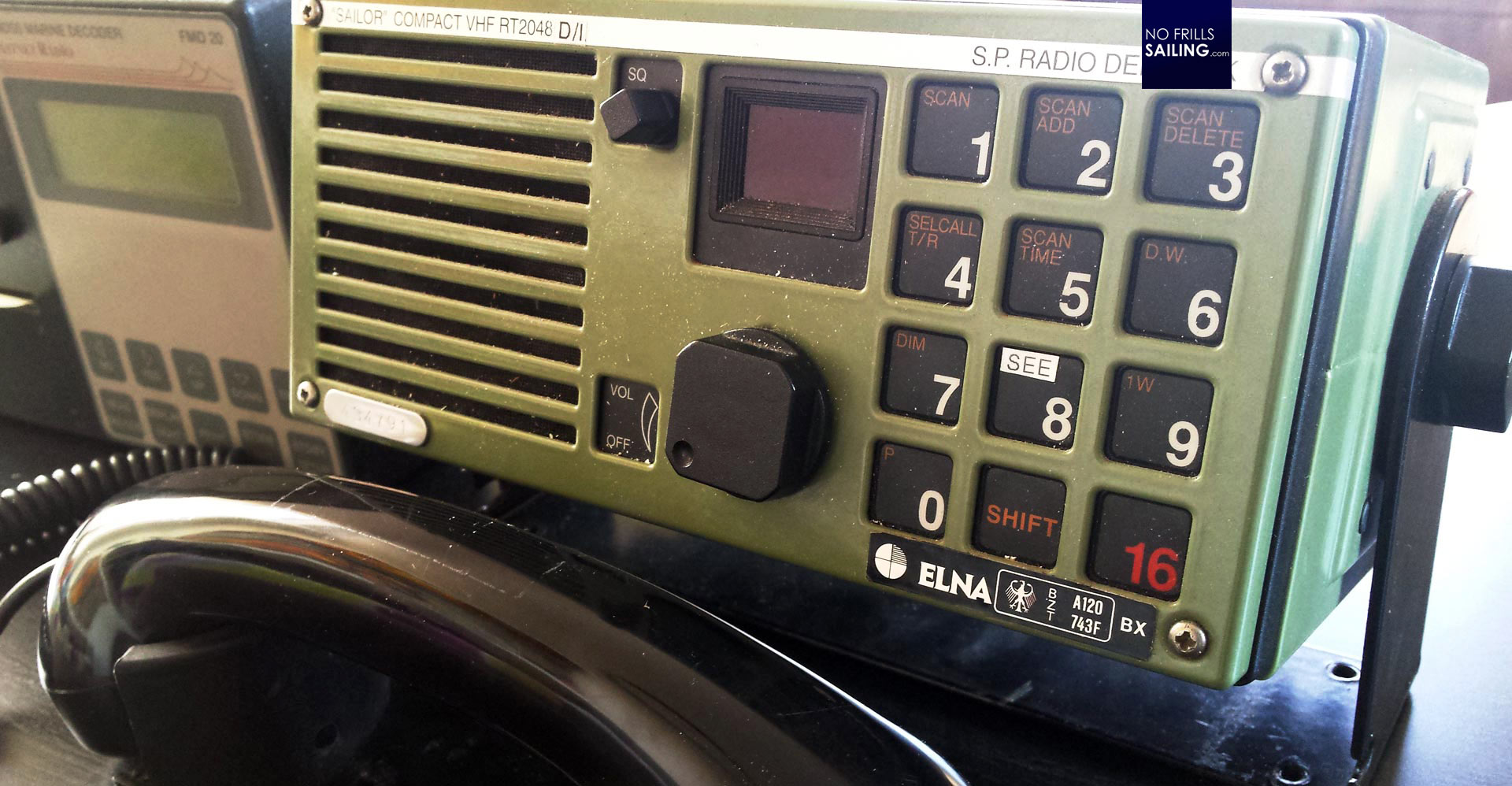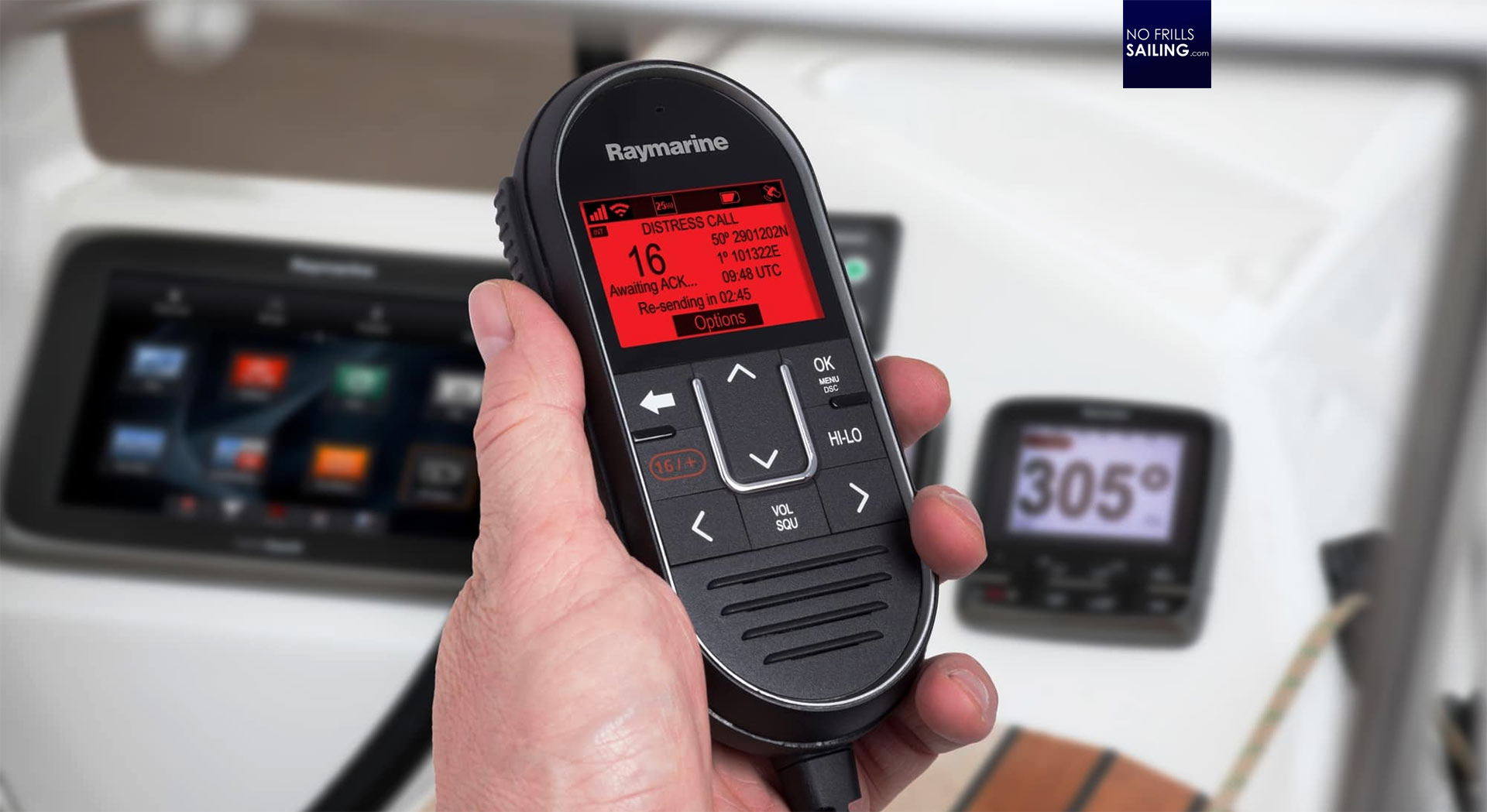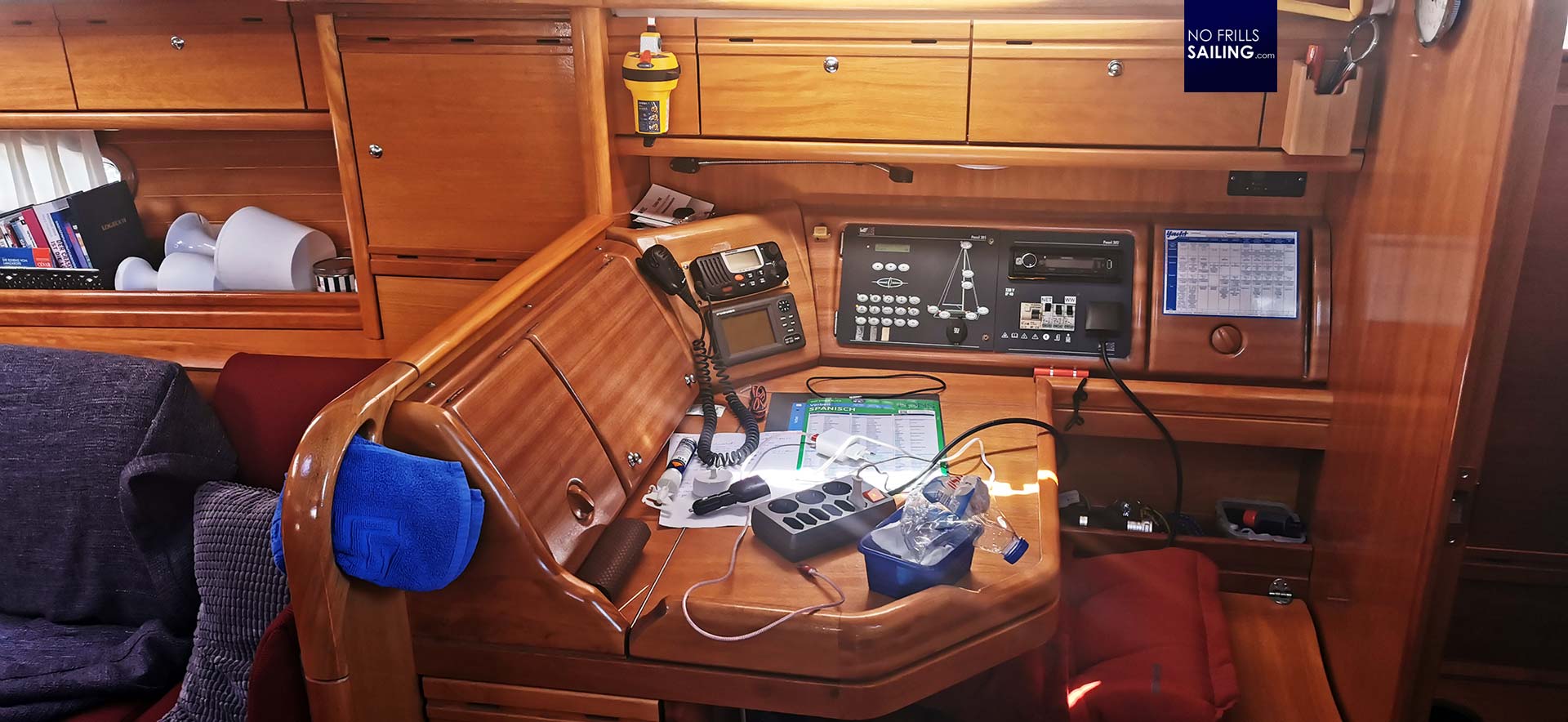Have you heard of „VDES“ already? If you are American or outside Europe probably not. But if you are a European resident or at least sailing in Europe, you should have. If not, well, no problem: I´d say that 9 out of 10 people I asked for the research of this article, haven´t done either. This is astonishing since VDES will change the use of VHF-radio communication in Europe fundamentally. And it´s around the corner.

Starting on January the first, a (pretty large) set of VHF channels won´t be available for communications right away. More than that: The use of those channels is strictly forbidden and pretty harsh penalties could be enforced. So, what´s this all about … VDES? I have heard about this a couple of weeks ago when we´ve had a training course in Raymarine products (Beneteau recently switched from B&G electronic equipment to Raymarine as their principle supplier). The technical guys mentioned it just briefly, but I found it that interesting that I started to do some research.
What is VDES and what is it good for?
The European body regulating the use of frequencies and broadband, called the CEPT in which 47 European countries are organized, adopted a law in 2015. This law states that digitalization and the upgrade of broadband services will be widened to the maritime sector as well. In this, VDES was born. This abbreviation stands for “VHF Digital Data Exchange System.” Talking to Raymarine specialist Peter Jahn, he said that this is “basically an AIS 2.0 – an enlarged and widened digital service that in the end is made to support the huge need for broadband data exchange of bug autonomous ships.”

This new service needs frequencies, of course, and as such, VDES requires a number of channels to be reserved for digital communication alone. “Duplex and Simplex-channels will be locked out, sailors must not use those channels anymore.”, Peter states. Those channels are 24 to 28 and 84 to 86 – in Belgian waters the 96 too. “This new VDES-system will not be available to private or pleasure craft, but it will make commercial shipping much safer as now much more dynamic data can and will be transmitted, thus making sailing as a whole safer for us all”, Peter adds.
Starting 2024 – your VHF will have to be updated
VDES has not (yet) been adopted by the USA as of now, but as with the advent of the container in commercial shipping, it may well follows suit. I ask Peter what this means for sailors and their VHF-equipment currently installed: “All VHF radio equipment can be used of course – nobody is forced to buy a new radio. But the use of those mentioned channels is forbidden. In Europe, breaking this law is a crime, not a simple infringement! I know from previous cases that punishment starts at a 4-digit sum to pay – if nothing happens. If something happens in consequence of the misuse, this will be much higher.” So I guess a sticker showing the channels not to use next to your radio is minimum in 2024.

“This is nothing new at all”, Peter says: “Back in the day, for example, when channel 70 was blocked, it was kind of the same. There are still many radios in used from the 80ies and 90ies where you can log on to channel 70. This time of course, it´s more than just one channel blocked.” If your VHF (this is valid at least for Raymarine-equipment) is younger than 2018, a software update will do, Raymarine VHF younger than 2008 will be updated by special technical supporters in UK. “I suggest having that update made by a specialized and skilled dealer, not by yourself.” Anyone buying a VHF in 2024 will have VDES-conform radios already.

American sailors coming to Europe must then switch to EUR-frequency band on their radios to ensure that they adhere to the CEPT VDES-regulations. Other way round, fellow European skippers going transatlantic to the Caribbean can switch from EUR to INT-frequency bands to make those previously blocked channels available again. “This, of course, only works for radios which have a received the according update”, Peter specifies. I am thinking of all of my boat-clients: That´s roughly a hundred boats sold in the past few years, all of them will need an update. Or a nice sticker at least. And I think of the electronic equipment I am about to acquire for my new sailboat – let´s wait until 2024, I guess, or maybe get one of the “old” parts (with a bargain) and do the update myself?
Your future VHF-equipment
What I found surprising was the lack of knowledge, or let´s say, the leisure and composure when I spoke to other guys in the business about VDES. I mean, this is a major thing happening right now and the first of January is not all too far away. My contact at B&G was absolutely puzzled when I talked to him about VDES, stating “never have hear of this before”, promising to get an update at his superiors. Peter Jahn of Raymarine says: “This is rather surprising, since B&G is a European company and should be much deeper involved than the Americans who aren´t participating. Even Icom, a Japanese company, is very engaged in this topic.”

So, dear sailors, if you have a certified electronic partner at hand, ask him about updating your VHF marine radio to VDES conformity (or get yourself a nice sticker at the navigation station. I won´t miss these channels at all: Having mostly communicated on channel 16 and maybe 72, I never use any of those other channels. Peter has some good news in addition: “We are not only loosing channels in this matter, but we will get new channels as well: There will be new channels 1027 and 1028 available.” Well, bring it on then. Until New Year´s Eve, I run Photoshop and design a nice sticker for our clients …
Copyrights Pictures by CWD Industrial Design Studio, Raymarine, Sternula and Saab
Other related articles:
Getting the SRC-certificate for VHF marine radio
My new (old) marine radio by Standard Horizon
Test training for firing visual distress signals
